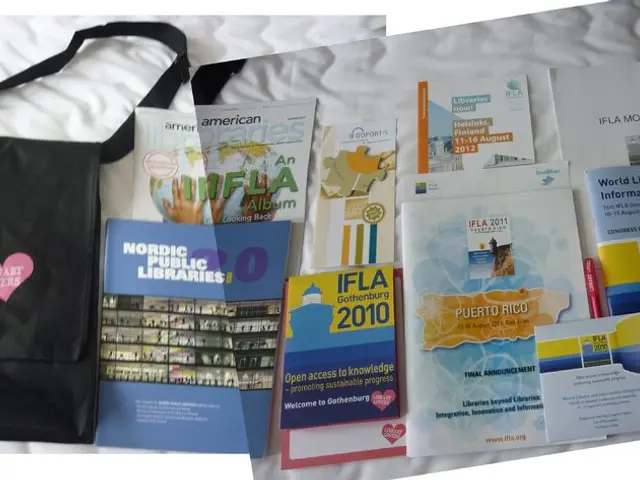Study Pushes for Fair Classification Adjustments in Educational Settings for Multilingual Students with Special Needs
The increasing number of K–12 students in U.S. schools who require both English as a Second Language (ESL) and special education support is a pressing concern, shaped by evolving demographic trends and systemic challenges. A recent study conducted by Sara Kangas, the program director and associate professor of special education at Lehigh's College of Education, sheds light on this complex issue and offers recommendations for improvement.
The study, titled "When English Learners with Disabilities Become Long-Term English Learners," investigates the barriers that prevent English language mastery by ELs with disabilities. One of the key findings is that classification and support for English learners rarely includes provisions for students' disabilities. This oversight can lead to some ELs, especially those with disabilities, never reaching English-proficient status and becoming long-term ELs.
The policy brief resulting from Kangas' study presents the most recent trends and research findings on dually-identified students. It reveals that the number of K-12 students requiring dual programs has grown by 50% nationwide from 2006-2020, with some regions experiencing even faster growth.
The report highlights several challenges that dual-identified students face. These include identification and assessment issues, teacher preparation and retention problems, inequitable access to resources, and a lack of effective instructional models. To address these challenges, Kangas recommends several strategies.
First, she advocates for enhanced teacher training, investing in professional development and certification programs that prepare educators to support dual-identified students, including training in both language acquisition and special education strategies.
Second, Kangas suggests improving identification processes by developing and implementing standardized, research-based assessment tools that differentiate between language-related and disability-related challenges.
Third, she emphasizes the need for equitable funding models that direct more resources to schools and districts serving high numbers of dual-identified students.
Fourth, Kangas promotes collaborative instruction models, fostering collaboration between ESL and special education teachers to develop integrated instructional plans and interventions.
Fifth, she encourages increased family and community engagement, ensuring they understand the support services available and are active participants in their child’s education.
Lastly, Kangas recommends leveraging technology and small-group tutoring models to provide targeted support at reduced costs, while maintaining or improving student outcomes.
In a recent presentation to over 120 special education state agency leaders from across the United States, Kangas outlined these trends, challenges, and recommendations. She expressed her hope that "EL and special education state leaders use the brief to anchor their collaborative discussions, as they together refine state policies and support local educational agencies."
The U.S. K-12 school system's EL designation is meant to be temporary while students learn the English language. However, the study conducted by Sara Kangas underscores the need for a re-examination of alternate English language proficiency assessments and exemption policies to accommodate ELs with significant cognitive disabilities. By addressing these challenges with targeted, evidence-based strategies, schools can better meet the needs of K–12 students requiring both ESL and special education support.
Educational institutions, particularly those focusing on K–12 education, need to revise their approaches to facilitate the education and self-development of students who require both English as a Second Language (ESL) and special education support. Analyzing the research conducted by Sara Kangas, her recommendations suggest significant improvements, such as investing in teacher training, implementing standardized assessments, adjusting funding models, fostering collaboration among educators, and enhancing family and community engagement to better cater to dual-identified students and prevent them from becoming long-term English learners. Faculty and researchers should incorporate these strategies into their education and education-and-self-development policies to provide an improved learning experience for students facing these unique challenges.




